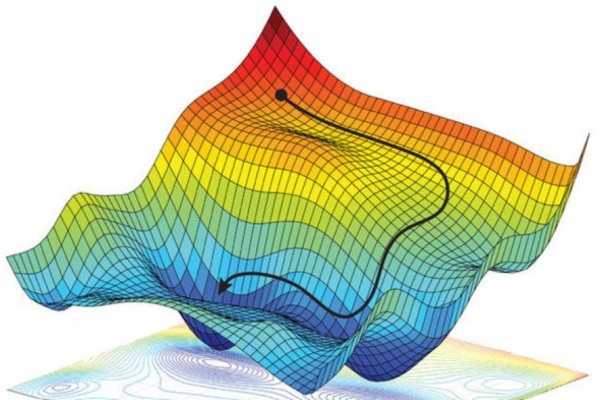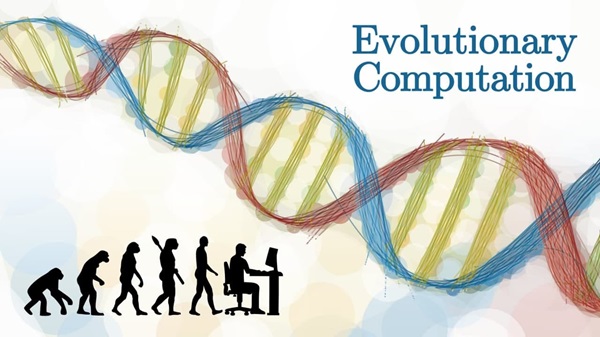-
Name (Acronym)Optimization Methods for Electromagnetic Diagnostics of Civil Infrastructures (OMCI)
-
Date15 September ‐ 19 December 2025
(Semester I) -
Teacher
-
Contact E-mail2025-2026.LM.OMCI.UniTN.TRENTO.IT@eledia.org
-
ECTS6
-
Syllabus
-
Institution
-
Study Program
-
Degree
-
LanguageEnglish
-
Tracks
ABSTRACT
The course will present the fundamentals and main challenges of inverse problems for electromagnetic diagnostics, then focusing on classical and more recent optimization procedures and methods for their resolution. While being based on rigorous theoretical content, the course is oriented towards the most relevant applications for civil engineers. To complete the didactic offer, various numerical exercises (exploiting SW programs) will follow the theoretical lessons.
COURSE FORMAT
The Course is taught in 🇬🇧️ ENGLISH and offered
- On-site
- On-line (synchronous and asynchronous)
with video recordings, hand-outs, etc. of the lectures available off-line (*).
COURSE CONTENT
Part 1: INTRODUCTION AND FUNDAMENTALS
- Motivations (methodological, practical); electromagnetic diagnostics problems of civil infrastructure as examples of inverse problems;
- Formulation of an inverse problem and numerical solution approaches;
Part 2: INVERSION PROBLEMS: CHALLENGES AND DRAWBACKS
- Ill-posedness and non-linearity. The role of information in inverse problems;
- Ill-posedness: the need for regularization;
- Non-linearity: physical meaning, degree of non-linearity, the role of a priori information, and the amount of available information;
Part 3: SOLVING INVERSE PROBLEMS THROUGH OPTIMIZATION METHODS
- Solving inverse problems as minimization/maximization of a cost/functional function;
- Taxonomy of optimization approaches and description: single-agent and multi-agent approaches; deterministic and stochastic optimization;
Part 4: DETERMINISTIC ALGORITHMS
- Deterministic optimization: Steepest Descent Method; Conjugate-Gradient Method;
- EXERCISES: Using deterministic optimization algorithms to solve canonical inverse problems and electromagnetic diagnostics of civil infrastructure;
Part 5: STOCHASTIC ALGORITHMS
- 'Nature-inspired' stochastic optimization: competitive optimization (Genetic Algorithm, Differential Evolution); cooperative optimization (Particle Swarm Optimization, Ant Colony Optimization);
- EXERCISES: Using stochastic optimization algorithms to solve canonical inverse problems and electromagnetic diagnostics of civil infrastructure. Comparison and critical analysis of performance and solutions obtained through deterministic and stochastic optimization algorithms.


TEACHING ACTIVITIES
- Theoretical Lessons
- e-Xam Self Assessment (each teaching class or periodically)
- MATLAB Hands-On
- e-Xam Final Assessment
FURTHER READINGS
- M. Bertero and P. Boccacci, “Introduction to Inverse Problems in Imaging”. IoP Press, 1998.
- F. D. Moura Neto, A. J. da Silva Neto, “An Introduction to Inverse Problems with Applications”. Springer, 2013.
- D. J. Rader, “Deterministic Operations Research: Models and Methods in Linear Optimization”. John Wiley & Sons, 2010.
- D. Simon, “Evolutionary Optimization Algorithms”. John Wiley & Sons, 2013.
- K. Deb, “Multi-Objective Optimization Using Evolutionary Algorithms”. John Wiley & Sons, 2001.
- P. Rocca, M. Benedetti, M. Donelli, D. Franceschini, and A. Massa, “Evolutionary optimization as applied to inverse scattering problems,” Inverse Problems, Invited Topical Review Paper ‐ 25th Year Special Issue of Inverse Problems, vol. 24, pp. 1-41, 2009.
For further references please contact the Teacher(s).
(*) Each registered participant acknowledges that the material distributed in the frame of the course, available for the duration of one academic year, is protected by copyright and delivered for educational purposes and personal use only. The participant agrees and undertakes not to forward, publish, disclose, distribute, disseminate - in any form or manner - such a material without written consent of the author(s) of the material. Unless otherwise explicitly allowed by the speaker in written form, no recordings of the online lectures can be made.
Registration Information
| UniTN Students: | Free |
| EXTERNAL Students: |
216 Eu: First course 180 Eu: Every course from the second one |
The fees include the course teaching, video recordings, hand-outs, etc. (*).
Registration Procedure for UniTN Students
Please contact the Student Support Office of your Department/Centre/School to include the course in your study plan.
Registration Procedure for EXTERNAL Students
Step 1: Register a "guest" type account (@guest.unitn.it)
- Should you still not have a UniTN account, you have to register and log in with your SPID identity or CIE (electronic ID card). If you cannot use SPID or CIE, please create your own UniTN account.
Step 2: Enroll to a Single UniTN Course
-
Complete the online application through the dedicated webpage.
In the application form (Section "Teaching Activities") put the following information:- Name of single class/teaching activity: Optimization Methods for Electromagnetic Diagnostics of Civil Infrastructures
- Code of single class/teaching activity: 140692
- Degree course to which the teaching activity is associated: [0331H] Ingegneria Civile
- Once received the outcome of the application (1-3 days), login into ESSE3 with your "guest" account user-name and password. Then, pay the bulletin you find in Administrative Office – Payments.
NOTES:
- A vademecum with a step-by-step guide to enroll to a single course at the University of Trento is available here
- For any question on the registration process, please write to didattica@eledia.org
(*) Each registered participant acknowledges that the material distributed in the frame of the course, available for the duration of one academic year, is protected by copyright and delivered for educational purposes and personal use only. The participant agrees and undertakes not to forward, publish, disclose, distribute, disseminate - in any form or manner - such a material without written consent of the author(s) of the material. Unless otherwise explicitly allowed by the speaker in written form, no recordings of the online lectures can be made.
